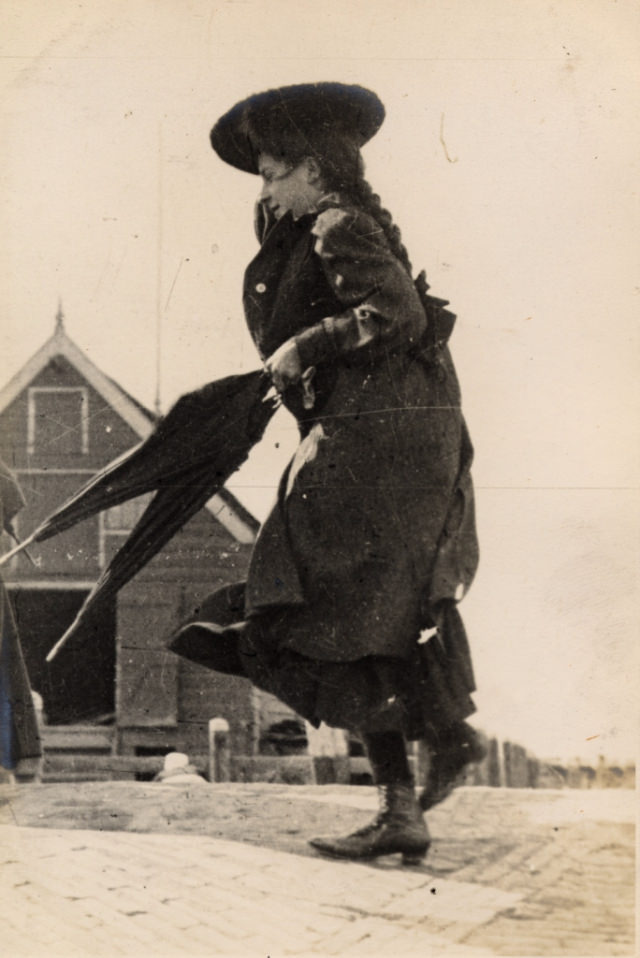Edward Linley Sambourne was an English cartoonist, photographer, and illustrator who worked for the satirical magazine ‘Punch’, for more than forty years. Among the first cartoonists of the 19th and 20th centuries, he was considered as the father of cartooning. He attended many different schools located all over England during his schooling years. His interest in drawing and sketching was first sparked while attending Chester Training College. At sixteen, Edward Linley gained admission to the South Kensington School of Art and attended for a few months. Linley’s career with Punch magazine began with a chance encounter or a referral.
His sketches were remarkable because he used several photographs. He was an exceptional cartoonist due to his artistic skills. He even received recognition and approval from the Royal Academy of Arts for his work with the magazine. His drawings over 20 years were showcased at the Academy’s exhibition. While working for Punch, Edward Linley also earned income by illustrating books, drawing for individuals, and drawing for magazines and ads.
In 1906, Edward Linley visited Holland with his wife, Marion. During the tour, he took photographs of women in the streets. While he was in The Hague and Amsterdam, he saw women dressed in the typical daywear of middle-class women that can be seen in his photographs of London and Paris.




















The pictures are excellent, but the commentary beneath them is terrible.